The Role of PVC Edge Banding in Modern Kitchen Design
The kitchen, often considered the heart of the home, is where aesthetics and functionality converge. Every detail contributes to the overall design, and PVC edge banding has emerged as a practical solution for adding the finishing touch to various kitchen elements. This article explores the trends and applications of Role of PVC Edge Banding in modern kitchen design
Trendy Designs and Colors
One of the significant advantages of PVC edge banding is its extensive range of designs and colors. While traditional kitchens often feature wooden edges, PVC offers a wide variety of options. From sleek contemporary styles to warm rustic finishes, PVC edge banding allows homeowners to customize their kitchens according to personal taste.
Recent trends have leaned towards minimalist and monochromatic designs. PVC edgebanding, with its ability to blend seamlessly into cabinet surfaces, supports this trend. Matte finishes and neutral tones are particularly popular, providing a clean, sophisticated look that enhances modern kitchen aesthetics.
Applications in Cabinetry and Countertops
PVC edge banding is extensively used in cabinetry and countertops, enhancing both durability and aesthetics. The edges of cabinets, especially in high-use areas, are prone to wear and tear. PVC edge banding protects these edges from damage while adding a polished and cohesive look to the kitchen.
For countertops, PVC edge banding serves both functional and decorative purposes. It provides a protective barrier against moisture and impact, ensuring a seamless transition between the countertop surface and surrounding cabinetry. This integration creates a unified and well-finished appearance.
Durability and Low Maintenance
Kitchens are subject to spills, heat, and frequent cleaning. PVC edge banding is known for its durability and moisture resistance, making it well-suited for demanding environments. It withstands daily wear and tear, ensuring that the edges of cabinets and countertops maintain their integrity over time.
Additionally, PVC edge banding is easy to clean, requiring only a mild detergent and a soft cloth. Its non-porous surface resists stains, making it a practical choice for busy kitchens.
Innovations in Texture and Finish
Advancements in PVC edge banding technology have led to innovations in textures and finishes, allowing for distinctive kitchen designs. Whether opting for a wood-grain texture that mimics natural wood or a high-gloss finish for a modern look, PVC edge banding offers versatility.
The introduction of 3D printing technology has expanded design possibilities, enabling intricate patterns and textures that add character to kitchen surfaces. This versatility allows homeowners to achieve a customized aesthetic.
Conclusion
PVC edge banding has become an integral element in contemporary kitchen design, balancing functionality and style. Its versatility, durability, and diverse design options make it a preferred choice for homeowners and designers alike. As kitchen trends evolve, PVC edge banding will continue to play a crucial role in shaping the aesthetics of this vital living space, seamlessly integrating into various styles—from classic warmth to sleek modernity.

What is the Best Material for Edgebanding?
Edgebanding is a crucial element in cabinetry, providing a finished look to the raw edges of plywood, particleboard, or MDF panels. Selecting the right edgebanding material significantly impacts durability, aesthetics, and functionality. This post explores popular types of edgebanding: veneer, PVC, Formica, and Wilsonart, detailing each type with pros and cons.
Veneer Edgebanding
Veneer edgebanding consists of thin strips of real wood, typically 0.5mm to 2mm thick, adhered to the exposed edges of wood panels. It creates a seamless transition from the panel surface to its edge, mimicking solid wood.
Types of Veneer Edgebanding
Available in various wood species, including oak, maple, cherry, and exotic woods like mahogany, veneer offers customization to match specific cabinetry.
Finishing Options
Veneer can be:
- Sanded: For a flush finish.
- Stained: To match surrounding wood.
- Sealed or Lacquered: For protection and sheen.
- Painted: To match any desired color.
Pros and Cons
Pros:
- Authentic look and feel.
- Versatile finishing options.
- Environmentally friendly.
- Easy to work with.
Cons:
- Less durable against impact and moisture.
- Requires more maintenance.
- Generally more expensive.
- Installation can be time-consuming.
PVC Edgebanding
PVC edgebanding is a durable plastic used to cover exposed edges of furniture panels. It is popular for its resilience and ease of application.
Characteristics
Available in thicknesses from 0.5mm to 3mm, PVC comes in various colors, textures, and finishes, including woodgrain patterns and high-gloss options.
Finishing Techniques
PVC requires trimming and finishing:
- Trimming: Flush with the panel surface.
- Sanding: To smooth rough edges.
- Edge Polishing: For a seamless appearance.
Pros and Cons
Pros:
- Highly durable and moisture-resistant.
- Low maintenance and easy to clean.
- Extensive color and pattern options.
- Cost-effective.
Cons:
- May lack the authentic appearance of real wood.
- Environmental impact due to plastic use.
- Sensitive to high temperatures.
Conclusion
Choosing the best material for edge banding depends on specific needs and preferences. No single material is the best; each type has ideal applications. Making an informed decision will ensure success in your project.









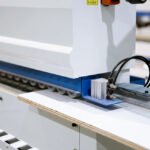


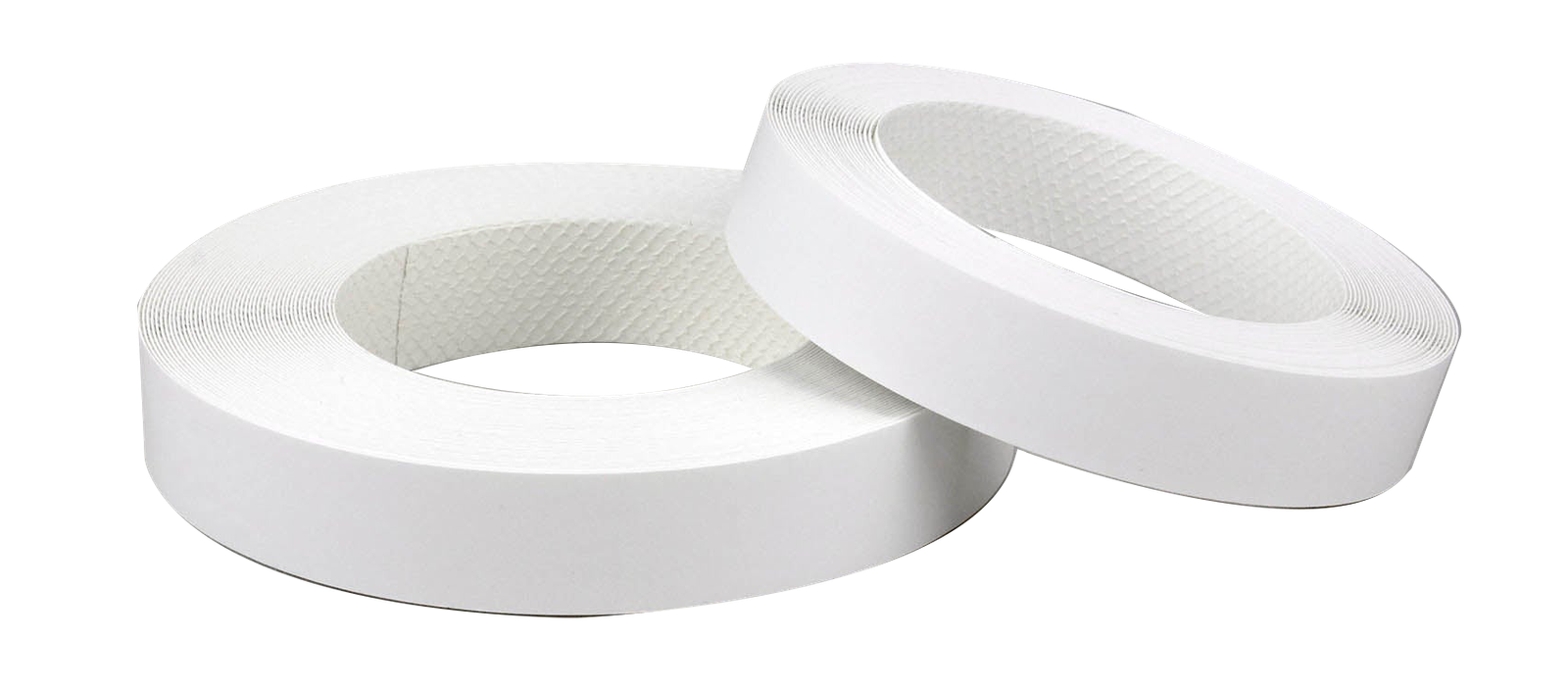



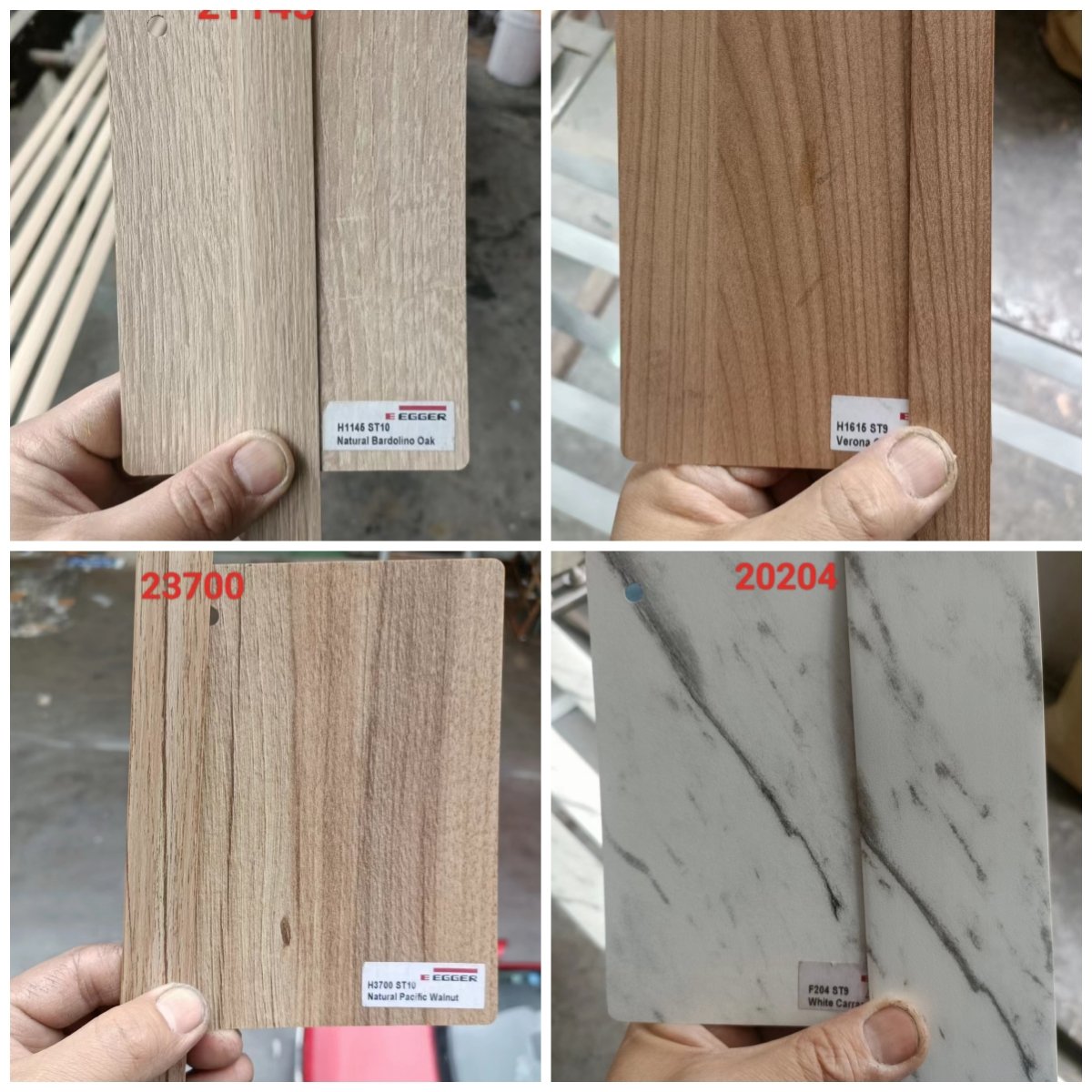




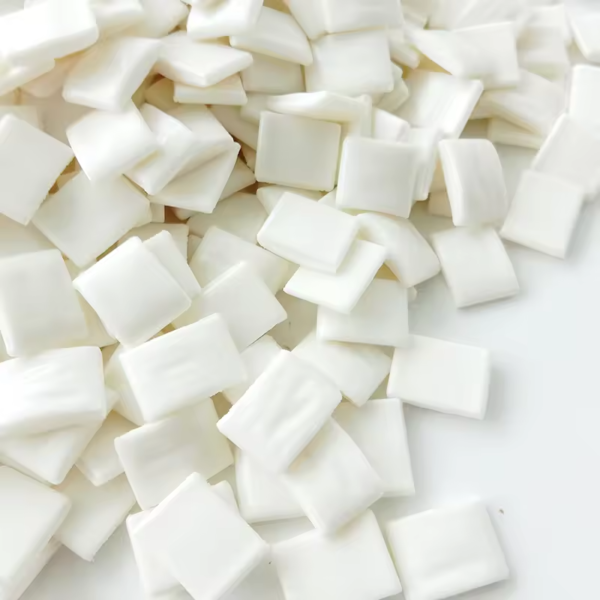

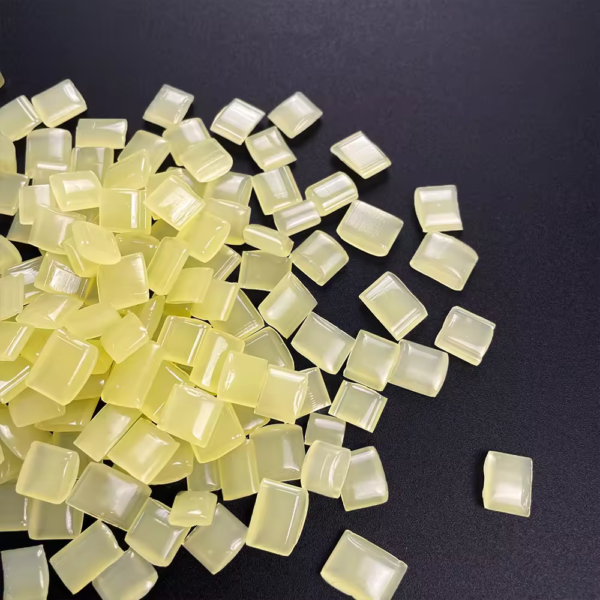

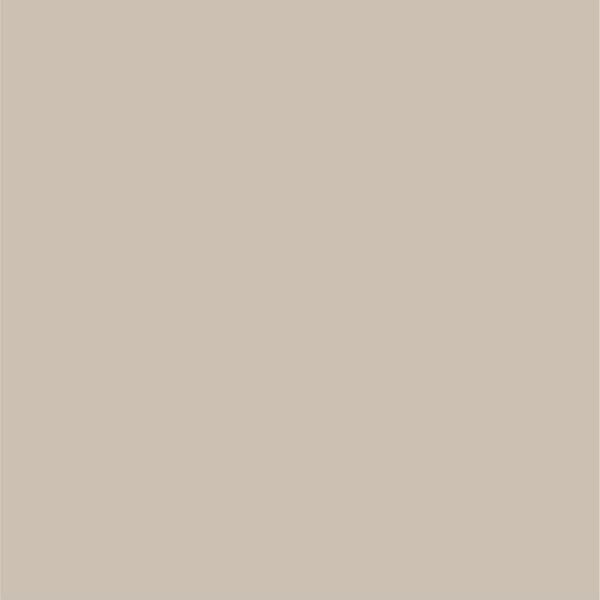
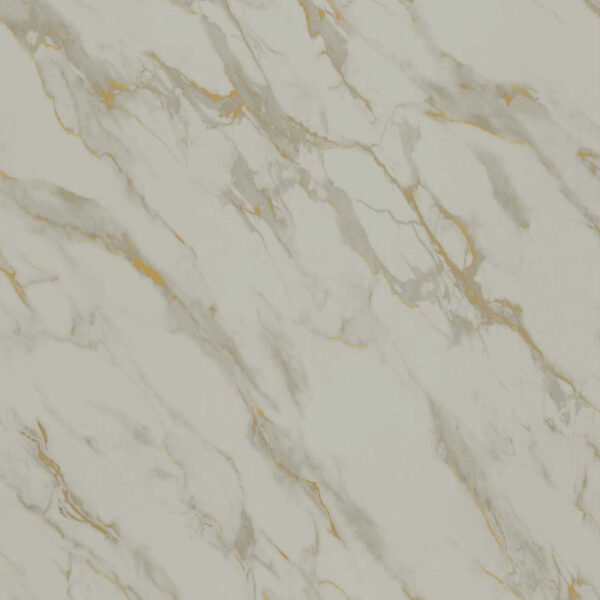

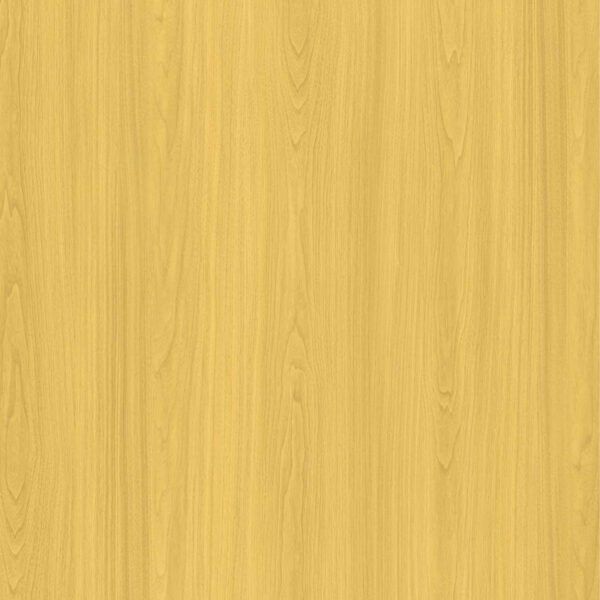


Leave a Reply